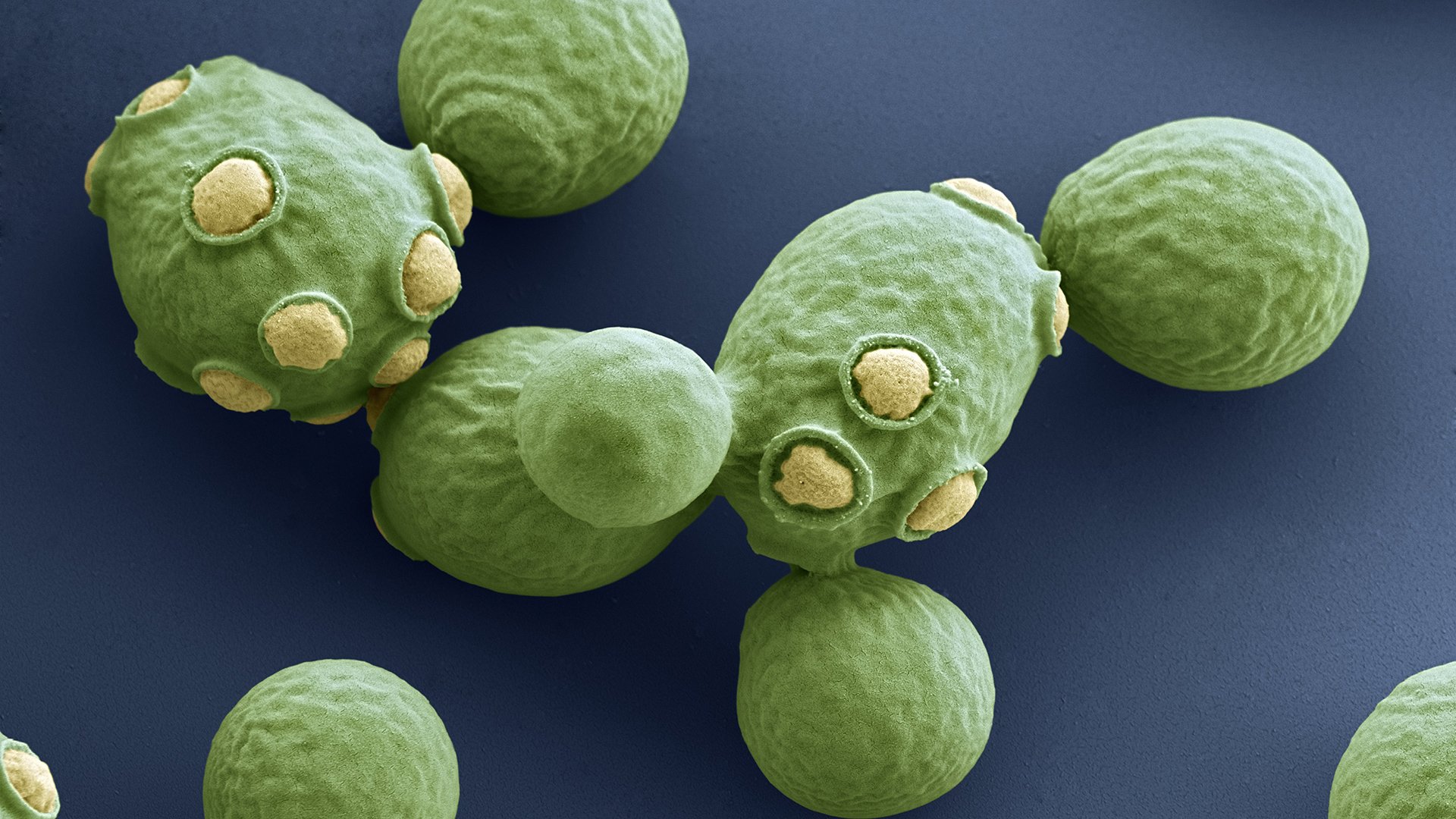A radioactive problem
Since 1943, special tanks and reactors have been used to store radioactive waste from the Cold War in the United States. After the first leaks in these storage facilities were discovered as early as 1959, leakage has only increased. Not only are efforts to purify radioactive soil expensive and complicated, they also do nothing to address the leaks that cause the contamination in the first place. Biological soil purification using microbes could offer a valid solution. These microbes, however, would have to withstand not only radiation but also an environment with extremely low pH.
Not extreme enough
Until now, Deinococcus radiodurans was listed in the Guinness Book of Records as the world’s most extreme bacteria, making it the most promising microbe for cleaning up radioactive waste. This species of bacteria seemed a likely candidate: it has even been found living in the walls of nuclear plants. Unfortunately, it proved unable to cope with the extremely low pH found around the storage tanks. As a result, the researchers began to look in the radioactive soil itself. Anything that can survive in that environment has certainly proven itself able to withstand the extreme conditions. Amazingly enough, not only did the radioactive soil contain bacteria, it was also revealed to be teeming with yeast – the single-celled fungi that we use to make beer, wine and bread, among other things.
The toughest of the tough
In this study, 27 different kinds of yeast were examined to determine their resistance to radiation, heavy metals and acidity. Rhodotorula taiwanensis MD1149 beat the competition by a landslide. Not only is this yeast able to survive a low pH and massive quantities of gamma radiation, it can also adhere itself firmly to rocks and sand. The researchers hope that this characteristic will enable them to create a barrier between the leaks and the soil in order to prevent the radioactive waste from spreading any further.

